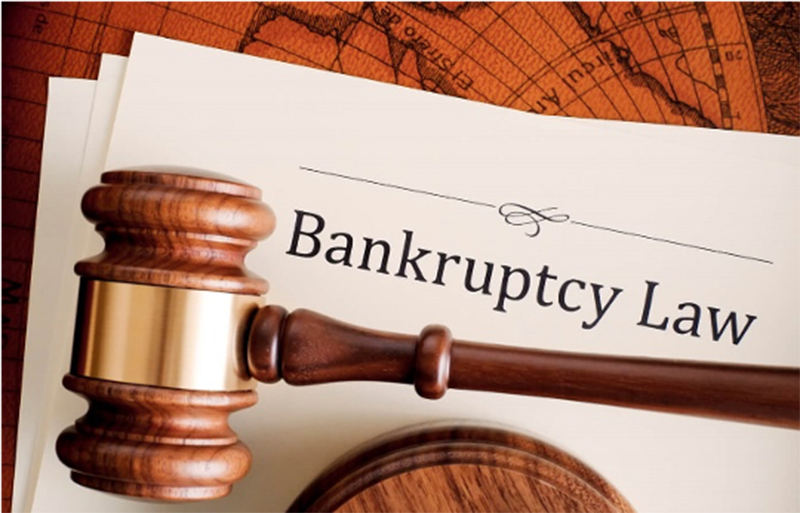Small business financial help is available: Subchapter 5 Bankruptcy law streamlines process - by Roger Durkin

Durkin Law
Bankruptcy laws were created by the founding fathers to protect the citizenry from overburdening financial difficulties. The U. S. Constitution Article 1, Section 8, Clause 4 states: “Congress shall have Power To...establish...uniform Laws on the subject of Bankruptcies throughout the United States....” Bankruptcy is a financial decision and not an emotional decision. Filling a petition for bankruptcy relief is a constitutional right: No one would think less of you for taking advantage of this new bankruptcy law. You are not alone in considering this route. In the first half of 2020, more than 3,600 companies filed bankruptcy including Pier I Imports, J. Crew, Neiman Marcus, JC Penney, GNC, Chuck E. Cheese, Brooks Brothers, Ann Taylor, Tuesday Morning, Lord & Taylor, Men’s Warehouse, Paper Store, Joseph A. Bank, Loft, and NPC as owner of 1,200 Pizza Hut and 400 Wendy’s franchises.

This new bankruptcy law became effective in February 2020. It may provide a small business with a safe harbor from this turbulent economic storm. The Small Business Reorganization Act of 2019 (SBRA) is Subchapter 5 under Chapter 11. It relaxes the rules and makes it easier for a small business to reorganize its obligations without the need of creditor consent. The new Bankruptcy Law provides small businesses with a compact and easier version of Chapter 11 Reorganization. It simplifies the bankruptcy process by increasing efficiency, lowering costs, and facilitating the confirmation of the reorganization plan. It could mean the difference between weathering the storm or closing the doors.
Subchapter 5 filing requires the business entity to provide a most recent balance sheet, profit and loss statement, cash flow statement, and federal income tax return. Although Subchapter 5 streamlines the process, the drawback is that the process is much more advanced. The plan must be submitted for approval with 90 days. Subchapter 5 filings will require much more of the detailed work to be completed by the petitioner and his or her attorney,
What does a Subchapter 5 bankruptcy reorganization petition cost? The answer is that it depends on the complexity. The average cost falls between $2,500 and $6,000 for court filing fees, credit counseling fees, and attorney fees. You would be filing for a Subchapter 5 bankruptcy because you are having a hard time paying all of your debts.
In the past, Chapter 11 complexity had a low percentage of success that forced filers to convert to a Chapter 7 liquidation plan. The SBRA Statute is tailored for the small business debtor who must qualify as a person or entity engaged in commercial or business activity with aggregate non-contingent liquidated secured and unsecured debts of $2,725,625. Single asset real estate is specifically excluded from Subchapter 5 potential use.
A major difference between a Chapter 11 and a Chapter 5 is the latter does not have a creditor committee. In a Chapter 11, a creditor committee can be a serious obstruction to obtaining reorganization plan approval. A single creditor could stop a Chapter 11 plan from being approved. In contrast, a Subchapter 5 has no creditor committee and no absolute priority rule. Other than the initial filing fee, fees are essentially eliminated, making the process less expensive for the petitioner. In a Subchapter 5, if the creditors cannot agree on the petitioner’s proposed plan, an application can be made to the Bankruptcy Court Judge to order the plan approved, referred to as a “cram down.” For the proposed plan to be successful, the plan only needs to be more attractive to the unsecured creditors than would a conversion to a Chapter 7 liquidation plan. This is not a difficult threshold to meet.
Well, that is the short story of the new bankruptcy law created to help small businesses. We have four attorneys to help and like most attorneys, will provide a free consultation to help you sort out whether this approach is or is not beneficial to your situation.
Roger Durkin is an attorney with Durkin Law PC, Boston.
Boyle of Chozick Realty negotiates $7.95m sale of 66-unit property







